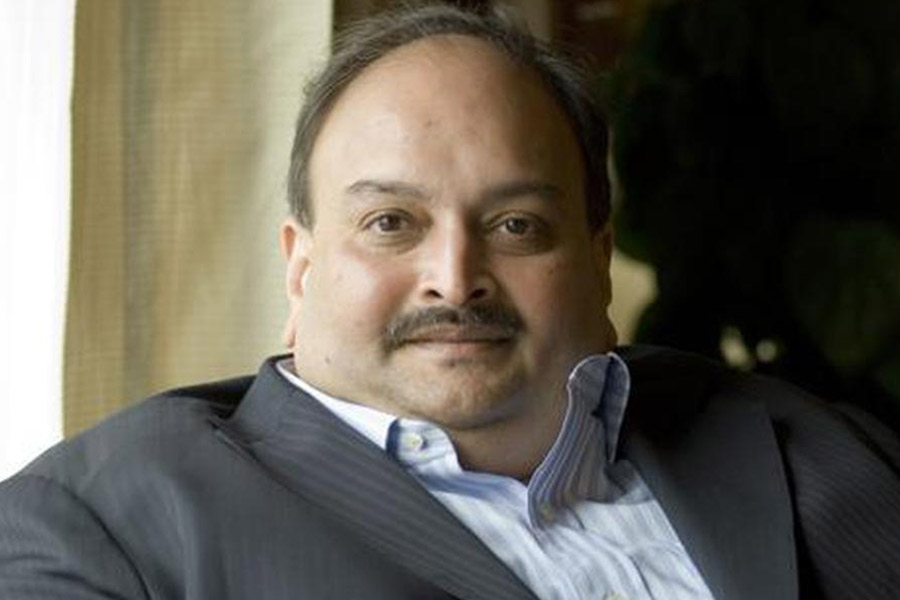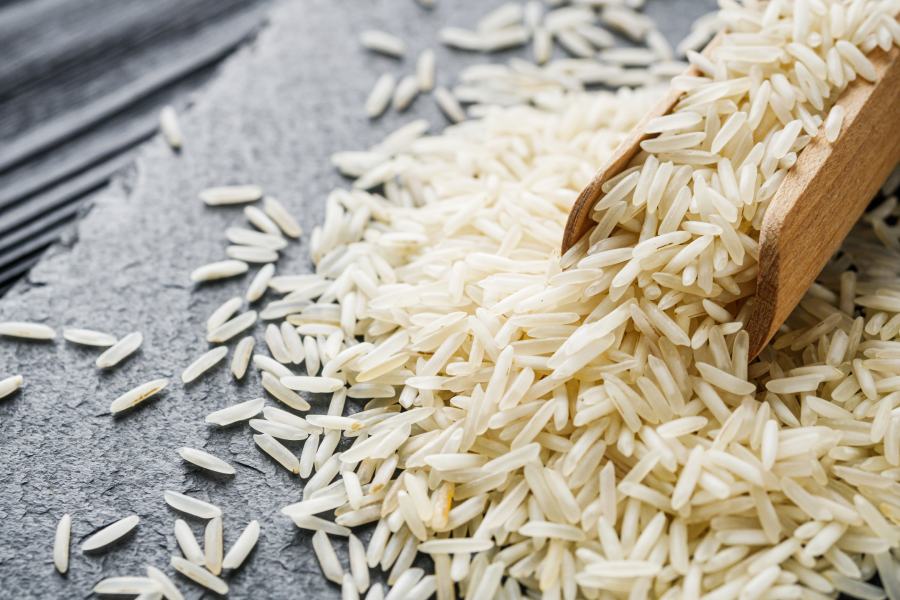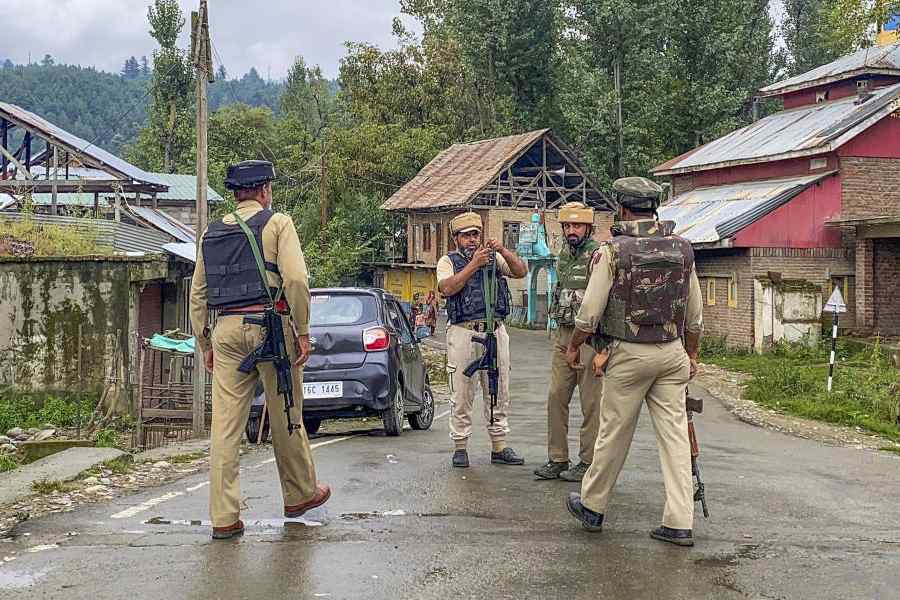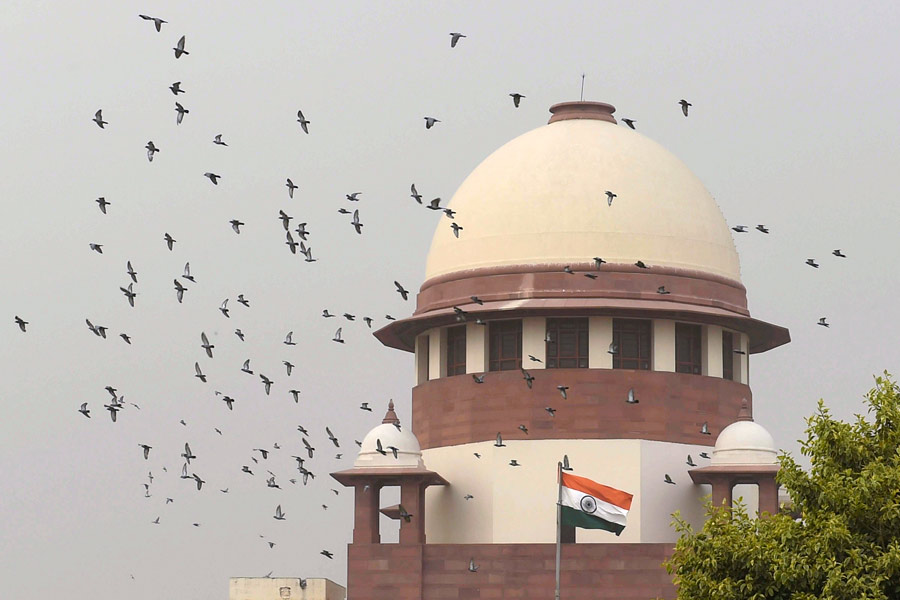 |
| Parambrata and Koel in Hemlock Society |
WHat is hemlock society?
In 2009, I wrote and directed a play called Checkmate where the protagonist dies after having poison in the climax. To know more about toxicology, I did some research on various types of poison and how one can consume them. That’s when I came across many institutions all over the world whose websites provide a variety of ways, including training modules, on how to commit suicide without disturbing your neighbours or being reported by police. Also, a charter of demands for the government to push for legislation that support assisted suicide.... Hemlock Society was one such organisation I came across and I found the name very catchy. Hemlock is a poison that Greek philosopher Socrates took to commit suicide. It has a lot of literary allusions and references, especially amongst English poets. That stayed with me and came up when I met somebody three months back while working on the pre-production of my next film Dozen. His philosophy on life and death changed me forever and inspired me to write this script. In fact, Parambrata’s character is based on this person. I took eight days to write the script.
 |
does such a society exist?
Whether these training modules are followed by subscribers and taken seriously, I don’t know. I have transplanted a basic template of such a training module and adapted it into something more tangible or physical... taking it to a classroom and making it cinematic. I’ve made it a school with classrooms, faculty members, actual props... I made it more visual.
There is no explicit message that I want to give out. Hemlock Society is essentially a love story. The backdrop might be quirky but I would call it a ‘rom sat’, which is romantic satire, instead of a rom com. It has a lot of black humour and an interesting perspective on death. It’s a very inspirational movie with a different take on life, death and love.
how dark is hemlock?
It’s not something being tried in a Bengali film for the first time but it’s not common either. Reading Rajshekhar Basu and Oscar Wilde has shaped my wry sense of humour.
Here even the concept of a classroom and teacher is being driven by the concept of death. For example, a teacher with a lot of compassion and affection — the way she would teach you how to knit or embroider — is teaching how to hang yourself. The role Sabitri Chattopadhyay plays. Benuda (Sabyasachi Chakrabarty) plays a doctor who assures the classroom that slitting wrists might primarily be a female phenomenon but men shouldn’t be disheartened because it could be a very glamorous way to die!
So there is a lot of such digs and satire throughout the film. It’s dark, it’s funny but not the laugh-out-loud kind. There are moments when one would smirk and smile but would be confused whether to laugh or cry because of the underlying morbidity of the theme. That’s the fun of black humour, unlike slapstick.
dream vs reality
A lot of it has to do with my love for Gabriel Garcia Marquez, Charlie Kaufman and my roots in theatre. Theatre often substitutes realism with magic realism. It’s like an alternate reality you create on screen. Those elements are very apparent in the costume, in the acting, use of primary monochromatic colours such as red, blue and green for the classrooms. The workshop room is black with suicide notes scrawled all over and a white room for prayer and assembly.
The characters are quirky, ranging from an academician to a hitman, so I couldn’t make them look mundane. They had to be larger than life. So there is a tightrope walk between dream and reality.
The param-Koel romance
The brand of romance I believe in is smart mush. In Autograph or 22shey Srabon, the characters in love primarily belonged to the same world. In Hemlock Society, we see two people who come from very different worlds and sensibilities about happiness, sadness, life, death and love, like Koel and Parambrata. I exploited Koel and Param’s differences to bring them together on the pretext of death. There is a constant exchange of repartee between them and a wry sense of humour with a confrontational sense of romance as the bond develops. That sets it apart.
The cameos
Parambrata and Koel have probably given their best performances. Dipankar De and Roopa Ganguly are super-effective with their economy of expression. The faculty members include Sabyasachi who plays a doctor.... Bratya Basu is a gun expert, Barun Chanda is a train expert, Soumitra Chatterjee plays a colonel. Shaheb Chatterjee has put in a brilliant performance as Meghna’s (Koel) ex-lover. Priyanka and Jeet make special appearances.
behind the scenes
I’m fairly obsessed with all aspects of filmmaking. The nights before both my previous films released, I went out to count the number of billboards. My editor (Bodhaditya Banerjee) might be applying for a divorce soon… (laughs) because I prefer very late nights! I’m intensely involved in editing and in terms of cinematography, I’m a non-technical person. I don’t have a tremendous grasp over lensing and resolution, but when I see an image I articulate reasonably well and Soumik (Halder, director of photography) gives me options for compositions.
In Autograph, a lot of critics pointed out an intense love for dramatic close-ups and the round trolley scene. I would love to have a signature style but I don’t have any conscious style. I see myself using a lot of slow and cross-track shots, a lot of dissolves. There is a comfort zone, which makes me want to repeat them.
The melody map
Before starting work on Hemlock, I told Anupam (Roy) or you can say I warned him, almost strangled him... I said, ‘See, you’re getting very complacent and repetitive. There’s a thin line between a signature sound and sounding repetitive. Within that, how much of experimentation, genres and sensibilities you can touch is your challenge as a musician. Just like it is for a filmmaker. So let’s promise ourselves that we won’t repeat but explore new types of storytelling, instrumentation, voices, even recording engineers.’ From Benche thakaar gaan to Gobheere jao to Amar mawte, there had to be a musical travel to prevent getting stuck and stagnating. Music is much more organic to Hemlock than it was to Autograph or 22shey Srabon. The songs are like substitutions for scenes.
Mohua Das










